
-
Updating Roman Jakobson’s ‘Poetic Function’ with Vector Semantics
Read more: Updating Roman Jakobson’s ‘Poetic Function’ with Vector SemanticsKurzynski discusses how poetry extends beyond sound and rhythm and taps into a deeper network of meanings.


Kurzynski discusses how poetry extends beyond sound and rhythm and taps into a deeper network of meanings.
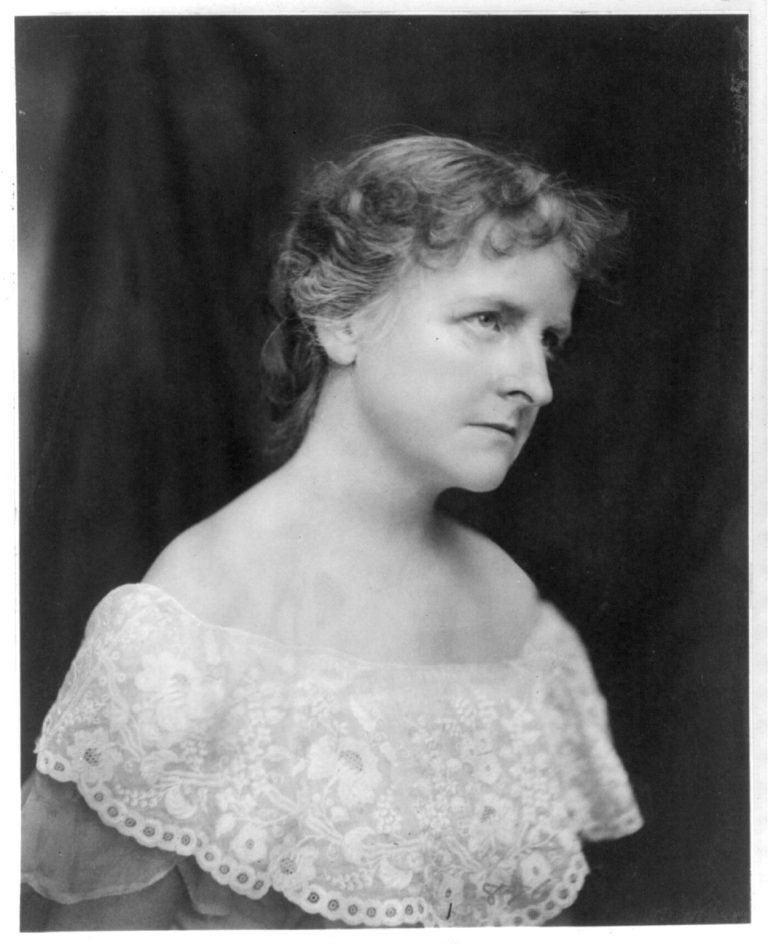
by Stephanie Palmer, Myrto Drizou, and Cécile Roudeau The US author Mary E. Wilkins Freeman (1852-1930) is best known, read and taught as the author of short regionalist fiction set largely in rural New England, a region she depicts in…

by James Corby and Ivan Callus ‘The whatever singularity is a singularity without quality, but it is a singularity with inclinations, a singularity that tends or aspires to the world. The singularity in its whateverness is a potentiality, but a…
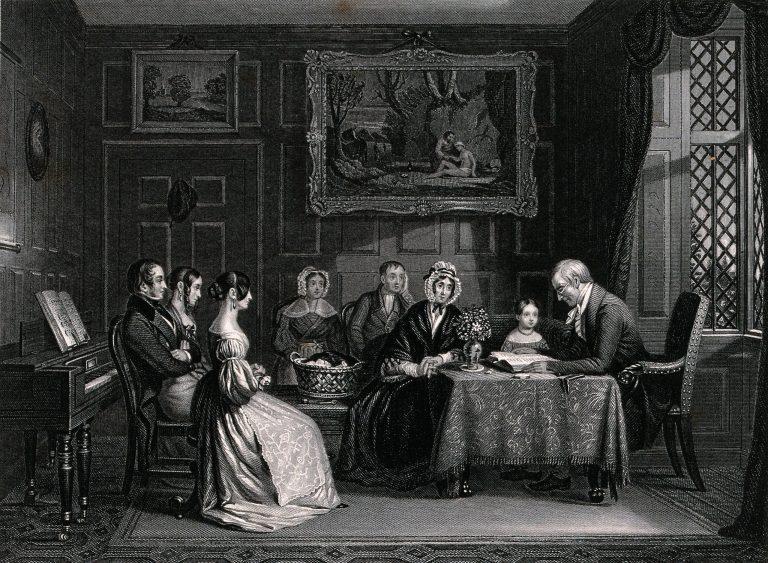
by Albert Pionke The US has just emerged from a mid-term election cycle. In the UK, calls for a general election grow ever louder. Politicians, pundits, and pollsters alike cite the discontent of the middle class with, depending upon one’s ideological predilections,…

In this interview, Ned Curthoys and Isabelle Hesse, editors of Literary Representations of the Palestine/Israel Conflict After the Second Intifada, discuss their new book. Tell us a bit about your book. Our edited collection Literary Representations of the Palestine/Israel Conflict…
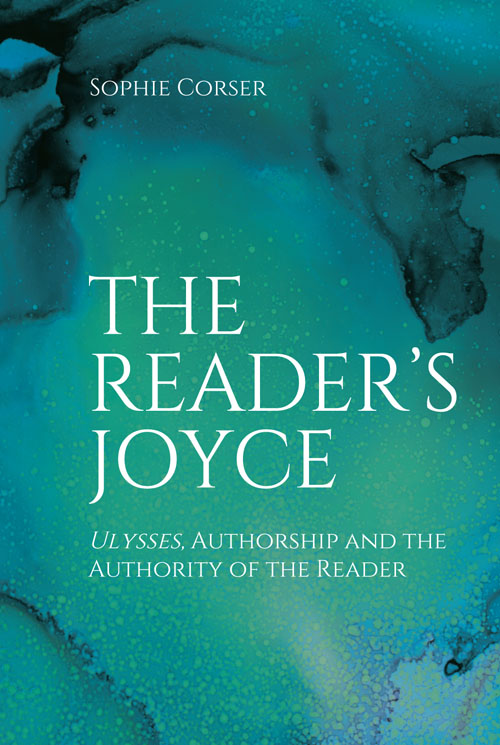
2022 marks a hundred years since Sylvia Beach published James Joyce’s novel Ulysses in full. What better time to think about reading Joyce? A hundred years of readers and readings! Of course, that’s not the whole picture. Ulysses is also…
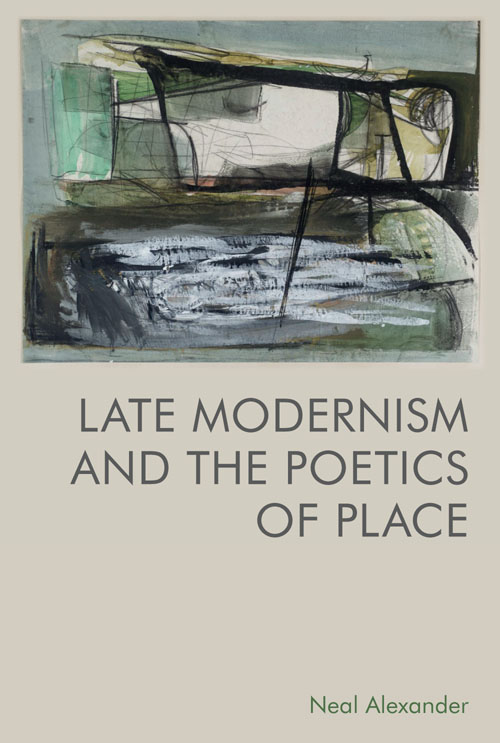
Adapting or recasting the formal experiments of their modernist forebears...Here is a brief tour of five places where modernism survived well into the second half of the twentieth century.
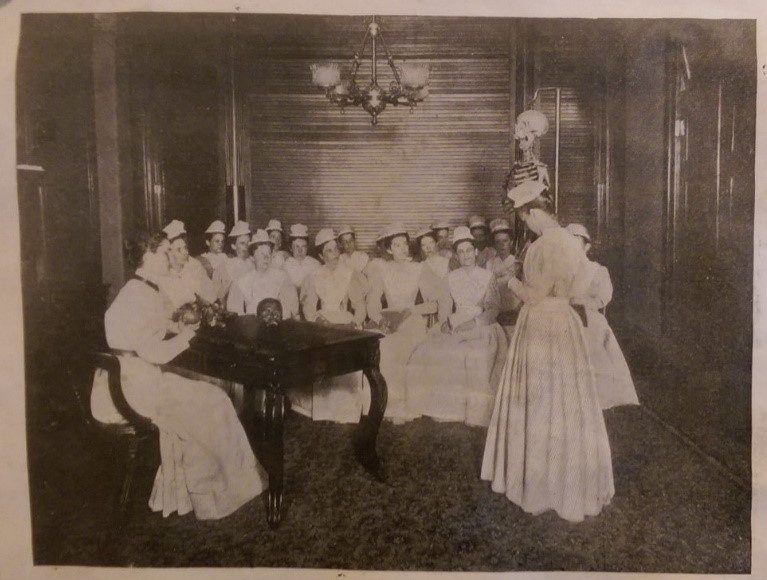
This isn’t The Handmaid’s Tale. It’s Brave New World. But without soma.
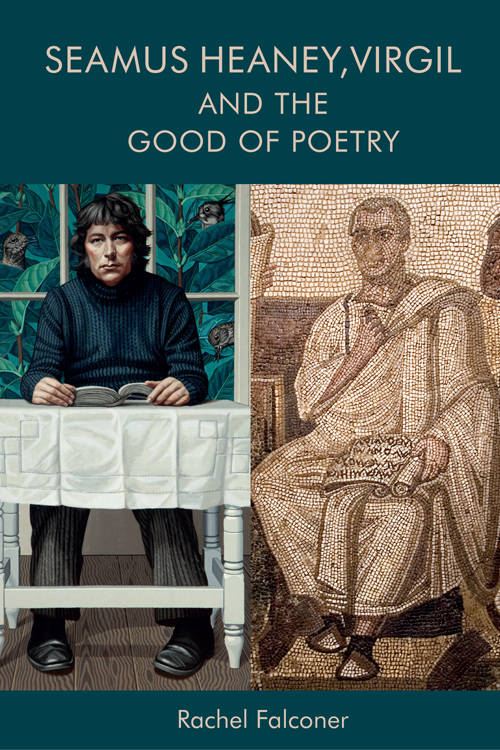
The work and life of Seamus Heaney (1939-2013) were, in Bill Clinton’s words, a gift to the world: ‘His mind, heart, and his uniquely Irish gift for language made him our finest poet of the rhythms of ordinary lives.’
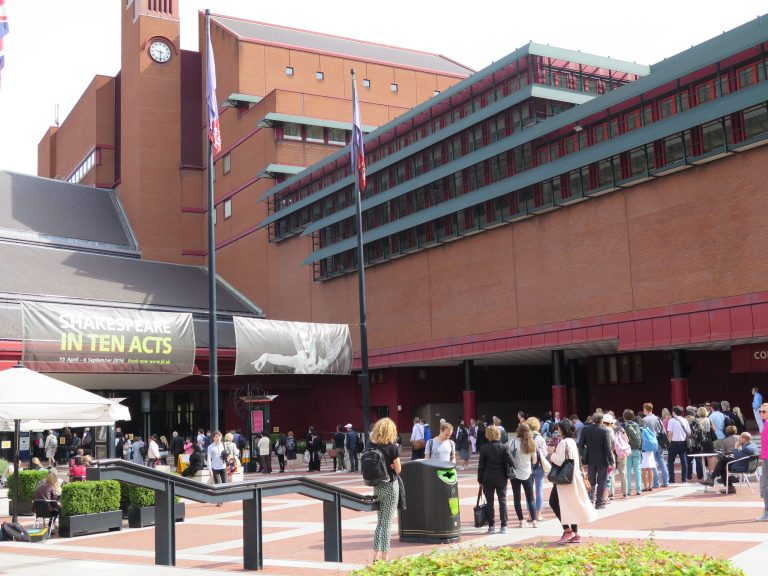
Q&A with EUP author Beth Rigel Daugherty about her research project and two new books about the life and works of Viginia Woolf